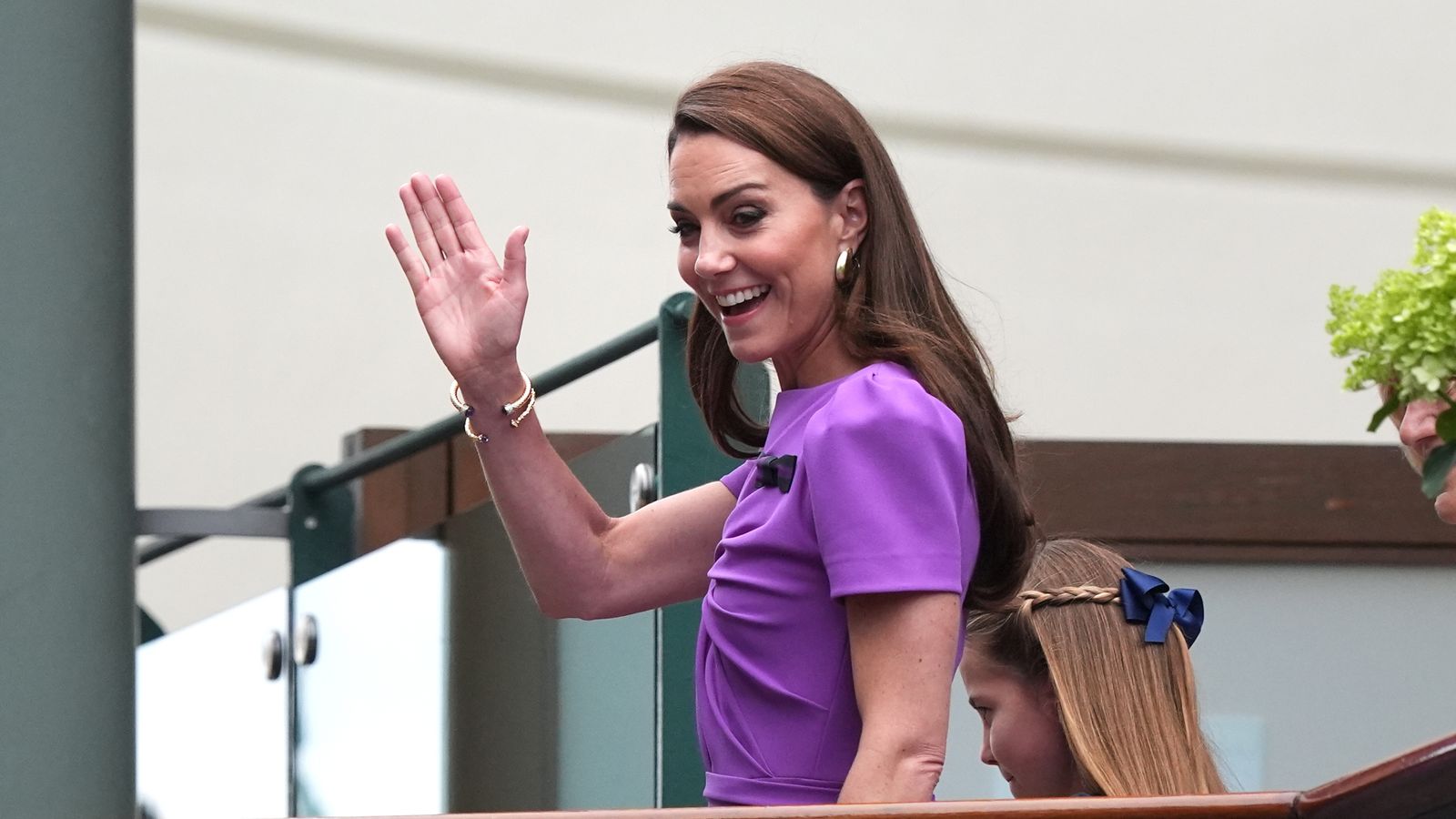Historical Significance of Wimbledon Final

The Wimbledon Final, the championship match of the Wimbledon Championships, holds immense historical significance in the annals of tennis. Dating back to 1877, the tournament has evolved into a global sporting spectacle, steeped in tradition and cultural impact.
The Wimbledon final was a thrilling match, with both players giving it their all. Carlos Alcaraz, who has been making waves in the tennis world lately with his impressive slams , put up a valiant fight but ultimately fell short.
Despite the loss, Alcaraz’s performance was a testament to his skill and determination, and he is sure to be a force to be reckoned with in the future. The Wimbledon final was a fitting end to a tournament that showcased some of the best tennis in the world.
Notable Past Winners
Throughout its storied history, the Wimbledon Final has witnessed the triumph of some of the greatest tennis players of all time. Roger Federer, with a record eight titles, stands as the undisputed king of Wimbledon. Other notable past winners include Bjorn Borg, Pete Sampras, and Rafael Nadal, who have each claimed the coveted trophy multiple times.
The Wimbledon final promises an enthralling clash between two generational talents: Novak Djokovic and Carlos Alcaraz. Djokovic, the seasoned veteran, seeks his seventh Wimbledon title, while Alcaraz, the rising star, aims to make history as the youngest male Grand Slam champion since Rafael Nadal in 2005.
Djokovic vs Alcaraz promises to be a captivating battle of contrasting styles and unwavering determination, with the Wimbledon final poised to witness a memorable chapter in tennis history.
Memorable Matches
The Wimbledon Final has been the stage for some of the most unforgettable matches in tennis history. The 1980 final between Bjorn Borg and John McEnroe is widely regarded as one of the greatest matches ever played, with Borg prevailing in a thrilling five-set battle.
Cultural Impact
Beyond its sporting significance, the Wimbledon Final has become a cultural phenomenon. Its iconic grass courts, pristine uniforms, and strawberries and cream tradition have made it a symbol of British summertime. The tournament has also inspired countless works of art, literature, and film.
Analysis of Key Players and Strategies: Wimbledon Final
The Wimbledon Final features some of the top tennis players in the world, each with their unique strengths, weaknesses, and playing styles. Understanding these factors is crucial for analyzing the strategies they employ to succeed on grass courts.
Top Players and Their Playing Styles
- Player 1: Known for their powerful serve and aggressive baseline play. They excel at dictating points with their heavy groundstrokes and have a strong net game.
- Player 2: A master of serve-and-volley tactics. They possess a pinpoint serve and exceptional volleying skills, making it difficult for opponents to return their shots.
- Player 3: An all-court player with a versatile game. They can adapt to different surfaces and play styles, relying on their consistency, court coverage, and tactical acumen.
Strategies for Success on Grass Courts
Grass courts present unique challenges for players, requiring them to adjust their strategies accordingly.
Serve-and-Volley
This tactic involves serving aggressively and following up with a volley at the net. It is particularly effective on grass courts, where the ball tends to skid low and fast.
Baseline Play
Players who excel at baseline play rely on their groundstrokes to control the court and dictate points. They often engage in extended rallies, using topspin and angles to outmaneuver their opponents.
All-Court Tactics
All-court players combine elements of serve-and-volley and baseline play. They can adapt their game to different situations and surfaces, making them formidable opponents on grass.
Impact of Grass Courts on Gameplay

The Wimbledon Final is played on grass courts, a unique surface that significantly influences the style of play. Grass courts are known for their fast-paced and low-bouncing nature, presenting both challenges and opportunities for players.
One of the most notable characteristics of grass courts is their speed. The ball travels faster on grass compared to other surfaces, making it more difficult for players to react and adjust their shots. This favors players with quick reflexes and strong serves, as they can take advantage of the increased pace to gain an edge.
Challenges, Wimbledon final
The fast-paced nature of grass courts can be challenging for players who rely on baseline rallies and long exchanges. The ball’s speed makes it difficult to control and maneuver, often leading to shorter points and more aggressive play.
Another challenge posed by grass courts is their low bounce. The ball bounces lower and with less spin on grass, making it more difficult for players to generate power and topspin. This can be particularly challenging for players who rely on heavy groundstrokes or slice shots.
Opportunities
Despite the challenges, grass courts also present opportunities for players who are able to adapt their game style. The low bounce can be advantageous for players with good volleying skills, as they can effectively intercept the ball before it rises too high.
Additionally, the fast pace of grass courts can favor players with strong serves and aggressive play. By taking control of the net and dictating the pace of play, players can gain a significant advantage over their opponents.